Birds of prey have long captivated human imagination with their powerful presence and remarkable hunting abilities. Among these impressive creatures, mountain-dwelling raptors stand out as true masters of their harsh environments. These birds have evolved specialized adaptations that allow them to thrive at high elevations where oxygen is scarce, temperatures fluctuate dramatically, and prey can be challenging to find. From the Himalayas to the Rockies, from the Andes to the Alps, these aerial predators command the skies with unmatched prowess. This article explores eight magnificent raptors that have conquered mountain ecosystems around the world, examining their unique characteristics, hunting strategies, and the conservation challenges they face in our changing world.
Golden Eagle: The Mountain Monarch
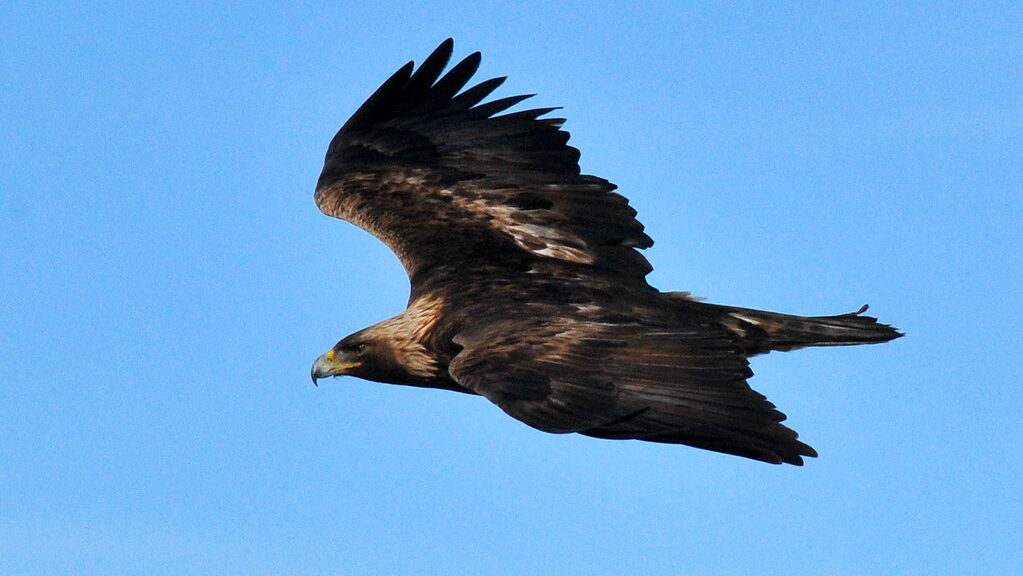
The Golden Eagle (Aquila chrysaetos) stands as perhaps the most iconic mountain raptor, with a wingspan reaching up to 7.5 feet and a regal bearing that has earned it reverence across cultures. These magnificent birds inhabit mountainous regions across North America, Europe, Asia, and parts of North Africa, displaying remarkable adaptability to various high-altitude environments. Their hunting prowess is legendary, with the ability to dive at speeds exceeding 150 mph to capture prey ranging from marmots and rabbits to young ungulates like deer fawns and mountain goat kids. Golden Eagles build massive stick nests on cliff ledges or occasionally in large trees, returning to the same nesting sites for generations – some eyries have been continuously occupied for over 50 years.
Lammergeier: The Bone-Breaking Specialist
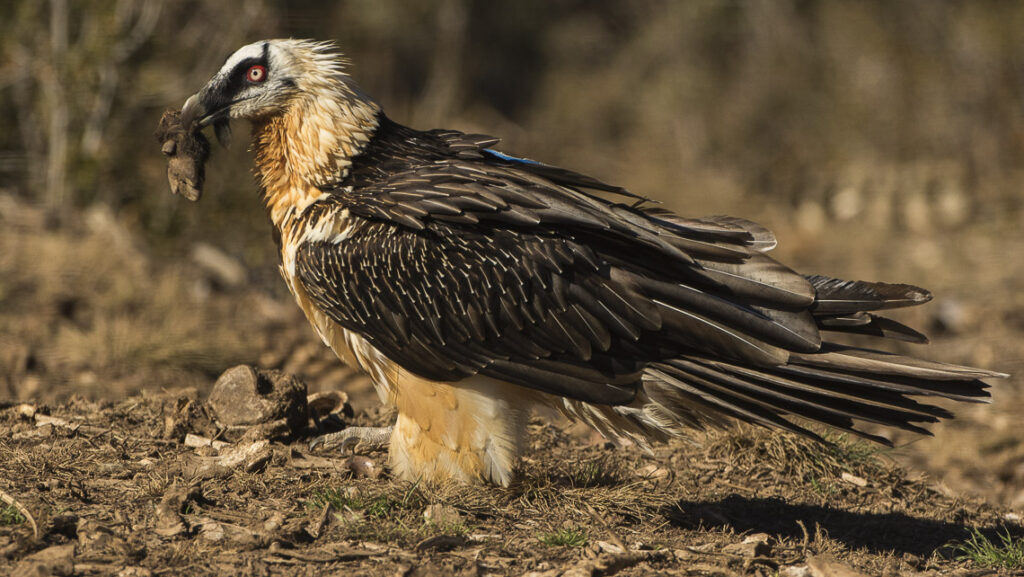
Also known as the Bearded Vulture, the Lammergeier (Gypaetus barbatus) has evolved perhaps the most specialized feeding strategy of any mountain raptor. Unlike typical vultures, these magnificent birds with wingspans up to 9 feet have striking rusty-orange plumage (acquired by deliberately bathing in iron-rich mud) and distinctive black “beards” beneath their bills. Their extraordinary adaptation lies in their diet – Lammergeiers derive up to 90% of their nutrition from bone marrow, accessing it by carrying large bones high into the air and dropping them onto rocky surfaces to crack them open. These unique vultures inhabit mountainous regions from the Pyrenees and Alps through the Caucasus and east to the Himalayas and Tibetan Plateau, where they play a crucial ecological role by cleaning up the remains left by other predators. Despite their intimidating appearance, Lammergeiers rarely take live prey, preferring instead to patiently wait for other animals to expose bones.
Andean Condor: South America’s Mountain Giant
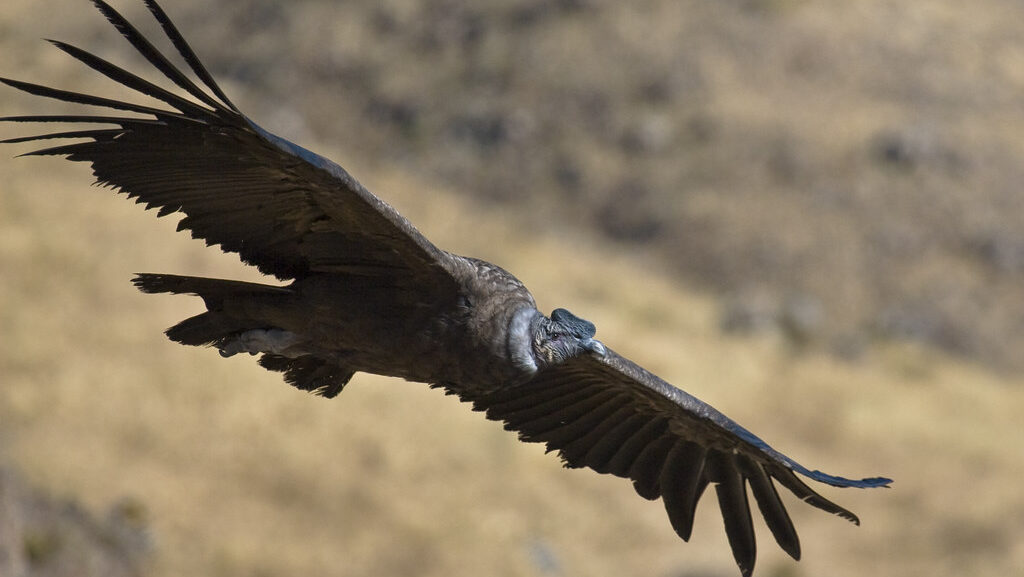
The Andean Condor (Vultur gryphus) reigns as one of the world’s largest flying birds, with males weighing up to 33 pounds and sporting impressive wingspans reaching over 10 feet. These majestic scavengers soar above the Andes Mountains from Venezuela to Chile, using their enormous wings to ride thermal currents with minimal energy expenditure – they can glide for hours without a single wing beat. Male Andean Condors are distinguished by their prominent fleshy combs and wattles, while both sexes have characteristic white ruffs around their necks contrasting with mostly black plumage. Unlike most raptors, Andean Condors display extreme parental dedication, investing nearly two years in raising a single chick from egg to independence, which contributes to their vulnerability as a species.
Himalayan Vulture: Master of Asian Heights
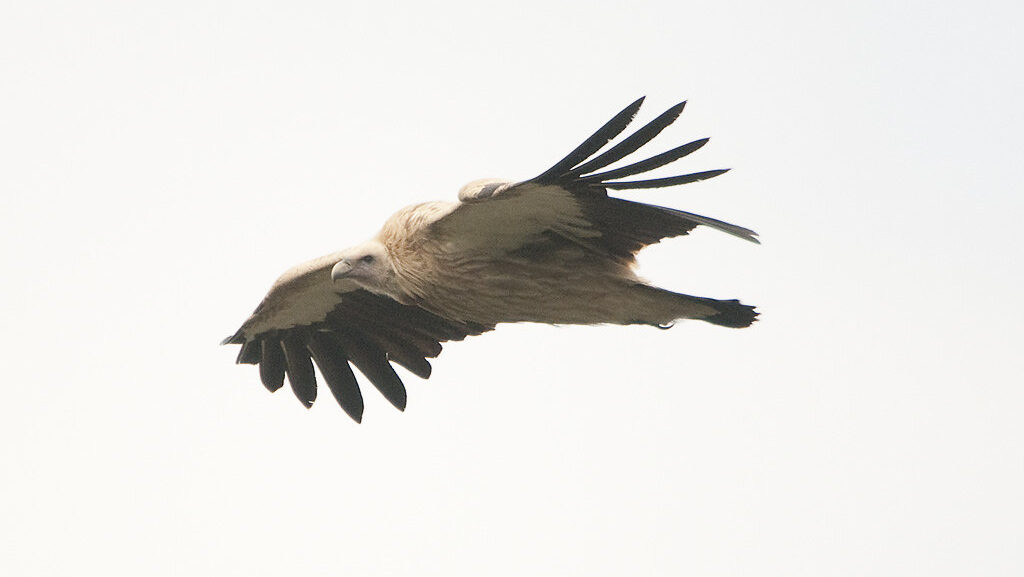
The Himalayan Vulture (Gyps himalayensis) has conquered some of Earth’s most extreme environments, regularly soaring at altitudes above 20,000 feet – higher than any other bird species has been reliably documented. These massive scavengers, with wingspans approaching 10 feet, possess specialized hemoglobin that allows them to extract oxygen efficiently from the thin mountain air. Their distribution spans the great mountain ranges of Central Asia, from the Himalayas through the Tibetan Plateau and into Mongolia and southern Siberia. Himalayan Vultures perform critical ecosystem services by rapidly locating and consuming carrion, helping prevent the spread of disease in remote mountain communities where traditional “sky burial” practices also rely on these birds to dispose of human remains. Their digestive systems are remarkably acidic, allowing them to safely consume carcasses that would sicken or kill most other animals.
Peregrine Falcon: The High-Speed Mountain Hunter
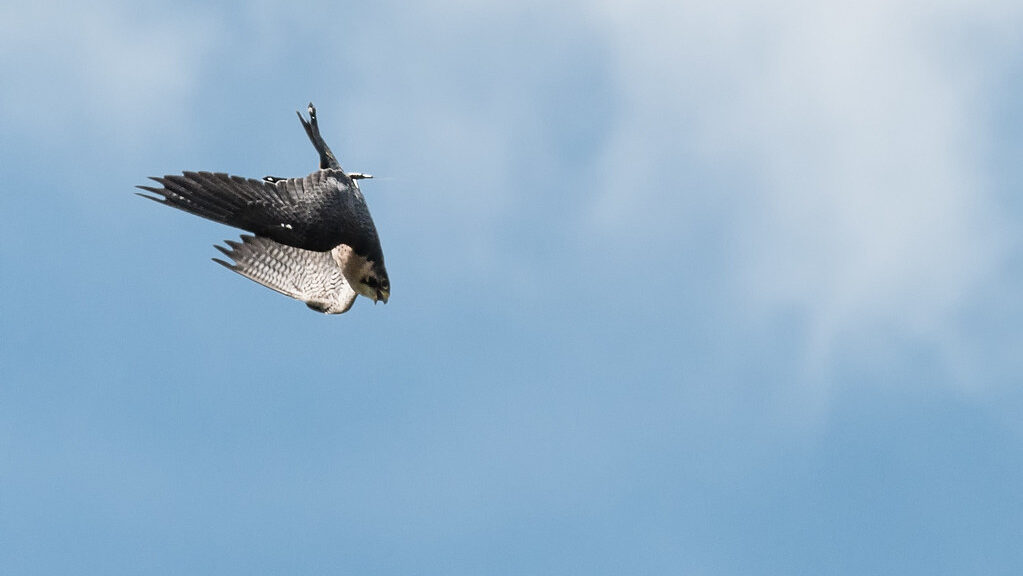
The Peregrine Falcon (Falco peregrinus) has successfully colonized mountain ranges on every continent except Antarctica, showcasing remarkable adaptability alongside unparalleled aerial performance. These medium-sized raptors are renowned as the fastest animals on Earth, with hunting stoops (dives) recorded at speeds exceeding 240 mph as they target birds in mid-flight. Mountain-dwelling peregrines have adapted to nesting on remote cliff faces, where they establish territories that may encompass vast hunting ranges. Their specialized adaptations include tubercles in their nostrils that control airflow during high-speed dives and exceptionally keen vision that allows them to spot prey from distances over a mile away. Though peregrines faced near-extinction in many regions due to DDT poisoning in the mid-20th century, they have made remarkable recoveries and now frequently adapt to nesting on tall buildings in urban environments that mimic their preferred mountain cliff habitats.
Snow Leopard Vulture: Guardian of Central Asian Peaks
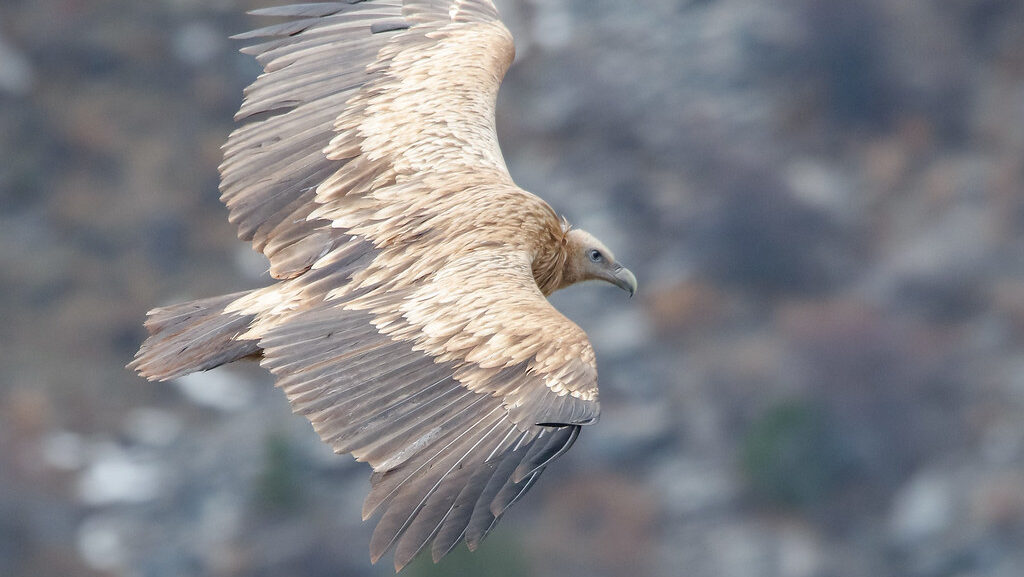
The Snow Leopard Vulture, more commonly known as the Himalayan Griffon (Gyps himalayensis), shares its mountain habitat with the elusive big cat it’s sometimes named after, forming a fascinating ecological relationship. These enormous vultures, with wingspans approaching 10 feet, possess specialized physiological adaptations that allow them to thrive in oxygen-poor environments above 15,000 feet. Their feeding ecology revolves around locating and consuming large mammal carcasses, including those of wild ungulates and livestock, which they can detect from remarkable distances. Himalayan Griffons nest in loose colonies on remote cliff faces, producing just one egg per year and investing extensively in raising their single chick. Unlike some other vulture species, they maintain relatively stable populations in their remote mountain strongholds, though they face increasing threats from veterinary drugs in livestock carcasses and habitat disruption.
Northern Goshawk: The Forest Phantom of Mountain Slopes
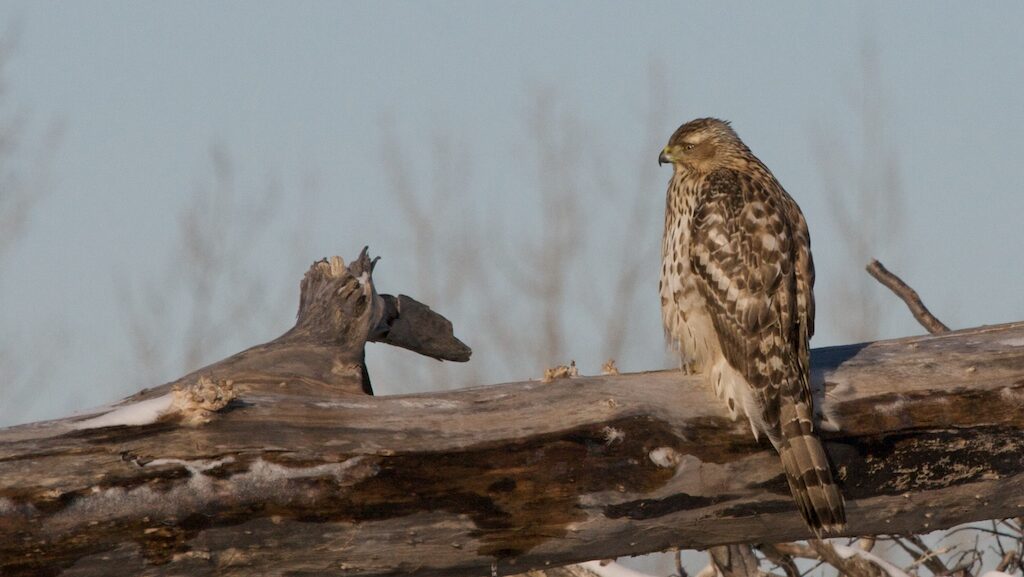
The Northern Goshawk (Accipiter gentilis) represents the woodland hunter among mountain raptors, patrolling the coniferous forests that cloak the middle elevations of mountain ranges across North America, Europe, and Asia. These powerful accipiters have evolved the perfect body plan for forest hunting – relatively short, broad wings for explosive acceleration and long tails that act as rudders for navigating through tight spaces between trees. Mountain-dwelling goshawks specialize in ambush hunting, using trees for cover before launching devastating attacks on prey ranging from squirrels and rabbits to grouse and woodpeckers. Their fierce temperament and protective nature around nests has earned them respect across cultures – medieval falconers considered goshawks the most challenging and rewarding birds to train, while many Indigenous North American cultures view them as symbols of warfare and hunting prowess.
California Condor: Comeback King of Western Mountains
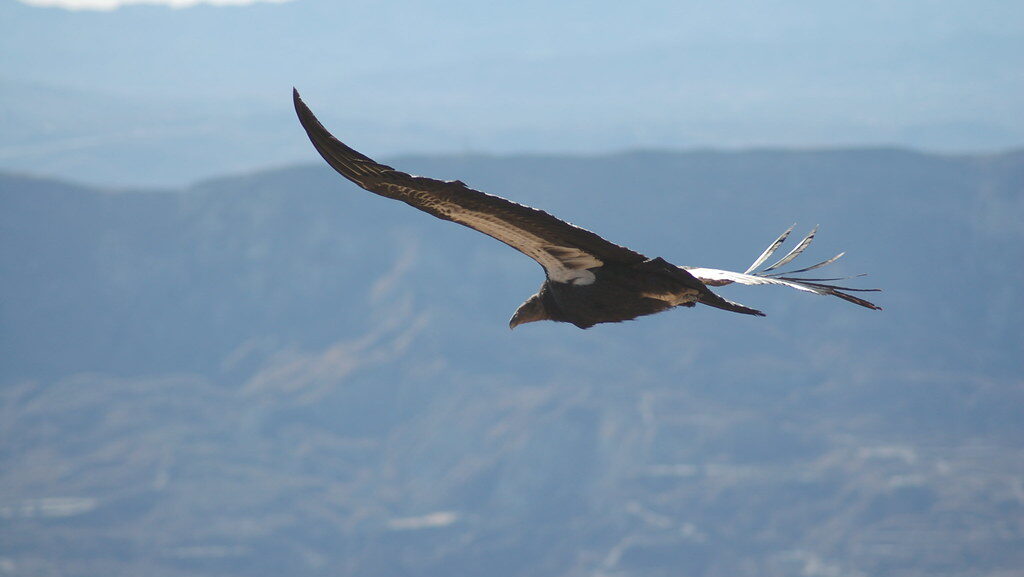
The California Condor (Gymnogyps californianus) represents both the tragedy of near-extinction and the potential triumph of conservation efforts focused on mountain-dwelling raptors. North America’s largest bird, with wingspans reaching 9.5 feet, once ranged widely across western mountains but declined catastrophically due to lead poisoning, habitat loss, and direct persecution. By 1987, the last wild condors were captured for an emergency breeding program with just 27 individuals remaining on Earth. Today, after intensive captive breeding and reintroduction efforts, over 300 California Condors soar above mountains in California, Arizona, Utah, and Baja California, though they remain critically endangered. These massive scavengers require extensive territories spanning mountainous and coastal regions, where they locate carrion using exceptional eyesight while soaring on thermal currents for hours with minimal energy expenditure.
Threats Facing Mountain Raptors

Mountain-dwelling raptors face numerous anthropogenic challenges that threaten their continued survival across global ranges. Climate change poses perhaps the most pervasive threat, as warming temperatures force alpine species to seek increasingly limited habitat at higher elevations while also disrupting the timing of prey availability and breeding cycles. Lead poisoning from ammunition fragments in hunter-killed carcasses continues to cause significant mortality, particularly among scavenging species like condors and vultures. Wind energy development, while important for reducing carbon emissions, creates collision hazards when turbines are placed along mountain ridges that raptors use as travel corridors and hunting grounds. Additionally, habitat fragmentation from development, mining, and recreation infrastructure isolates raptor populations and diminishes their genetic diversity, making them more vulnerable to disease and environmental changes.
Conservation Success Stories
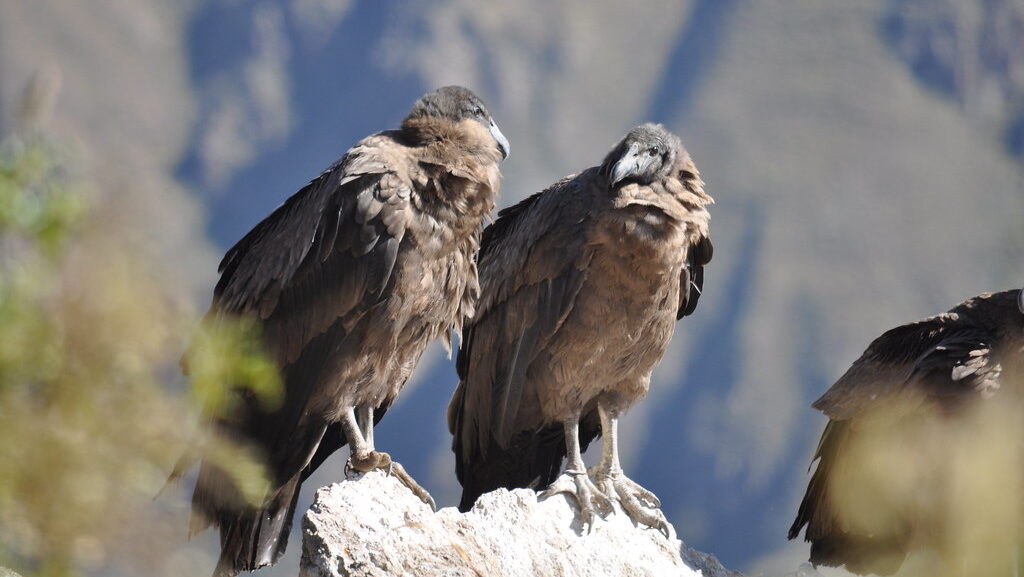
Despite the challenges they face, several mountain raptor conservation initiatives have achieved remarkable successes worth celebrating. The Peregrine Fund’s work with Andean Condors has established community-based conservation programs throughout South America, reducing poisoning incidents and protecting critical breeding sites through local engagement. In Europe, the reintroduction of Bearded Vultures (Lammergeiers) to the Alps represents one of the continent’s most successful wildlife recovery projects, with over 250 birds now present where the species had been extinct for nearly a century. California Condor recovery efforts have pioneered techniques now used globally, including captive breeding protocols, tracking technologies, and methods to reduce lead exposure in scavengers. Nepal’s vulture restaurants provide safe feeding stations for Himalayan Griffons and other threatened vultures while educating local communities about the ecological importance of these often-misunderstood scavengers.
Adaptations for High-Altitude Survival
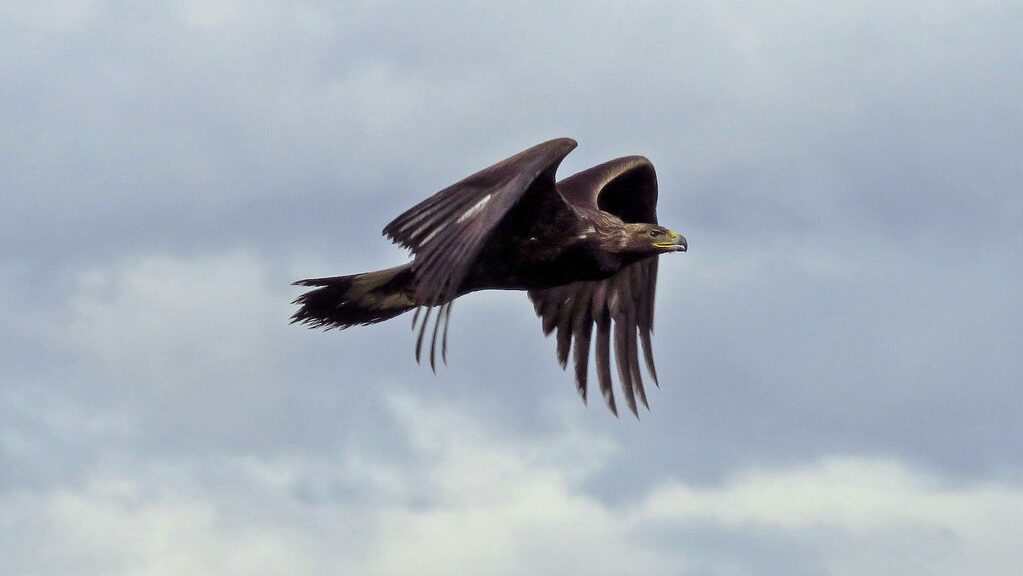
Mountain raptors have evolved remarkable physiological adaptations that allow them to thrive in environments that would quickly incapacitate humans without specialized equipment. Their respiratory systems feature enhanced oxygen extraction capabilities, with some species possessing hemoglobin variants that maintain high oxygen affinity even at extreme altitudes. Thermal regulation represents another crucial adaptation, with dense under-feathers providing insulation against bitter cold while specialized bare skin areas on the face and legs allow for heat dissipation during intense activity. Mountain-dwelling raptors typically have larger wings relative to body size than their lowland counterparts, maximizing lift in thin air while minimizing the energy required for soaring. Additionally, many species have developed specialized visual systems that can function effectively in the intense ultraviolet radiation present at high elevations, giving them hunting advantages in their extreme environments.
How to Observe Mountain Raptors Responsibly

Witnessing mountain raptors in their natural habitat offers unforgettable wildlife experiences, but must be approached with ethical considerations to minimize human impact. Maintain significant distances from nesting sites, using spotting scopes or binoculars rather than approaching closely, as breeding season disturbance can cause nest abandonment or reduce breeding success. Time your observations strategically by researching seasonal patterns – migration periods often offer the best viewing opportunities without disrupting breeding activities. Support conservation through responsible tourism by hiring local guides who understand sustainable practices and contribute to community-based protection efforts. When photographing mountain raptors, prioritize the birds’ welfare over getting the “perfect shot,” avoiding behaviors that flush birds from perches or disrupt hunting activities, which forces them to expend precious energy in already challenging environments.
Conclusion
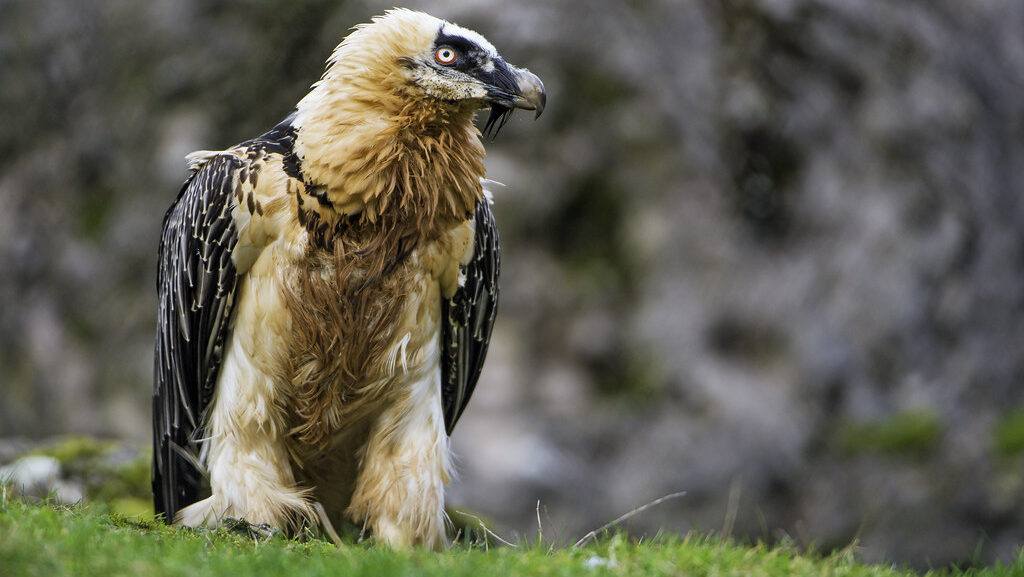
In conclusion, mountain raptors represent some of nature’s most impressive evolutionary achievements, conquering environments that challenge the limits of avian physiology. From the bone-breaking Lammergeier to the lightning-fast Peregrine Falcon, each species has developed specialized adaptations and ecological niches that allow them to rule their lofty domains. However, these magnificent birds face mounting threats in our rapidly changing world. Their continued survival depends on coordinated conservation efforts, sustainable mountain development practices, and greater public appreciation for their ecological importance. By protecting mountain raptors, we safeguard not only these magnificent birds but also the health and integrity of entire mountain ecosystems upon which countless other species—including humans—depend.
